In the ever-evolving landscape of photography, technology has played a pivotal role in shaping the art form, empowering photographers to capture the world in new and captivating ways. From sophisticated cameras and lenses to advanced editing software, technological advancements have transformed the way photographers approach their craft, opening up a realm of possibilities for creative expression.
The Rise of Digital Photography: A Paradigm Shift
The advent of digital photography marked a significant turning point in the history of photography. Replacing the limitations of film, digital cameras offered photographers unprecedented flexibility and control over their images. The ability to instantly view, edit, and share captured moments revolutionized the photographic process, enabling photographers to experiment with techniques and refine their skills with immediate feedback.
Computational Photography: Pushing the Boundaries of Imaging

Computational photography, an emerging field that merges photography with computer science, has introduced groundbreaking techniques that are redefining the boundaries of imaging. By leveraging algorithms and artificial intelligence, computational photography enables the capture of images that were previously impossible or impractical. Techniques like HDR photography, low-light imaging, and multi-frame compositing have expanded the creative toolkit of photographers, allowing them to capture stunningly detailed and captivating images.

The relationship between photography and technology is not one of replacement, but rather one of symbiosis. Technology has not diminished the art of photography; instead, it has provided photographers with new tools and techniques to express their creativity. Technology has also played a crucial role
Technology as a Catalyst for Creativity
Technology, far from being a replacement for artistic vision, has become a catalyst for creativity. By embracing technological advancements, photographers can expand their creative horizons and explore new avenues of expression. Technology allows photographers to experiment with techniques, push the boundaries of what’s possible, and capture the world in ways that were previously unimaginable.
It is not so much for its beauty that the forest makes a claim upon men’s hearts, as for that subtle something, that quality of air that emanation from old trees, that so wonderfully changes and renews a weary spirit.
Robert Louis Stevenson
We cannot solve problems with the kind of thinking we employed when we came up with them
Albert Einstein
I just want you to know that if you are out there and you are being really hard on yourself right now for something that has happened … it’s normal. That is what is going to happen to you in life. No one gets through unscathed. We are all going to have a few scratches on us. Please be kind to yourselves and stand up for yourself, please.”
Taylor Swift
Be courageous. Challenge orthodoxy. Stand up for what you believe in. When you are in your rocking chair talking to your grandchildren many years from now, be sure you have a good story to tell.
Amal Clooney
Conclusion
As technology continues to evolve, the future of photography promises to be even more exciting and innovative. New imaging technologies, artificial intelligence, and virtual reality hold the potential to further transform the way we capture, edit, and experience photography. Photographers who embrace these advancements will be at the forefront of artistic expression, pushing the boundaries of visual storytelling and creating captivating images that reflect the ever-changing world around us.

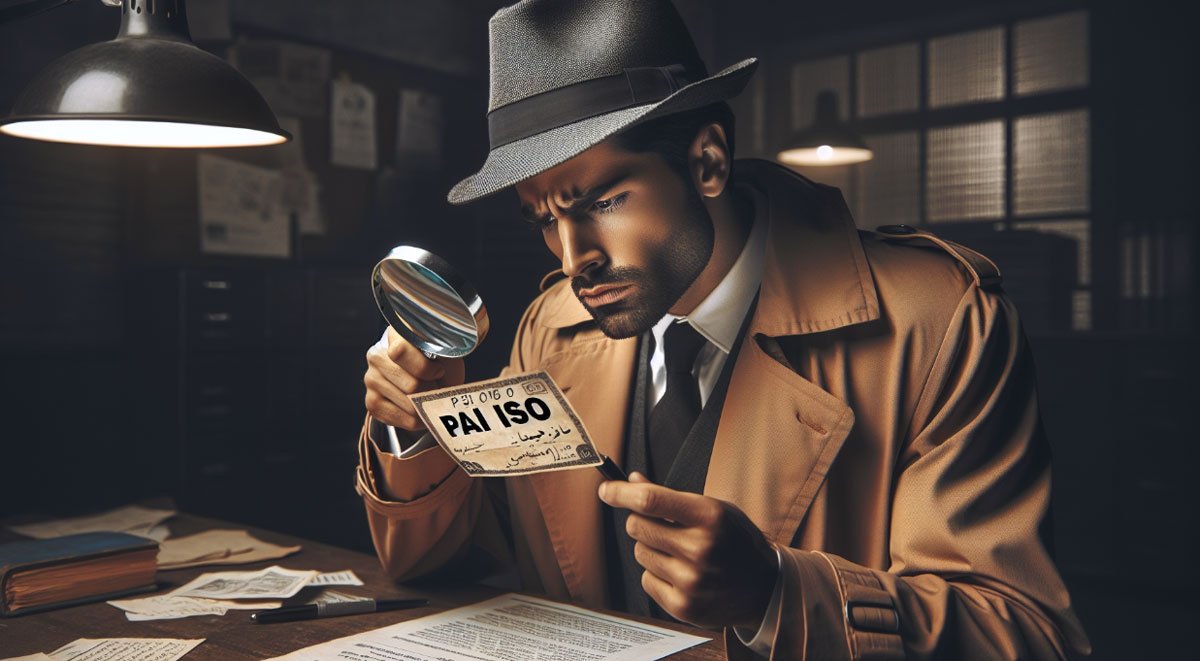

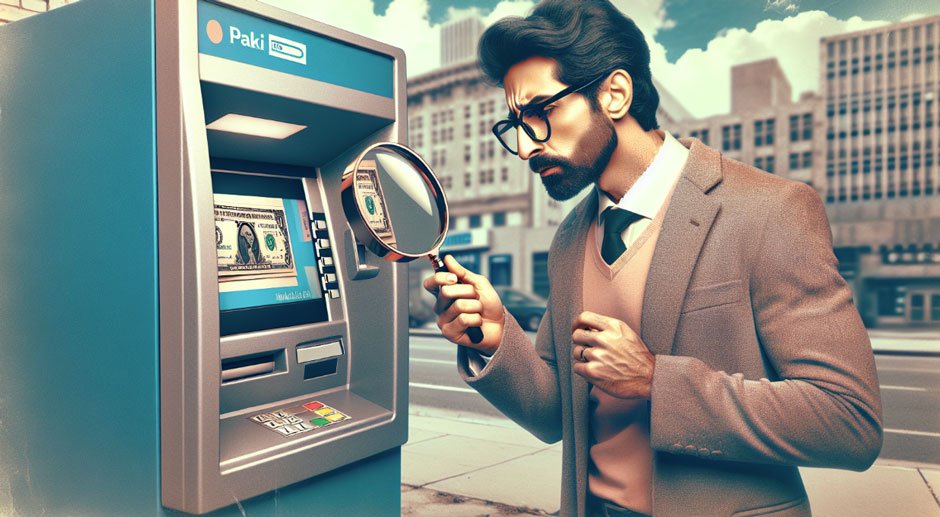


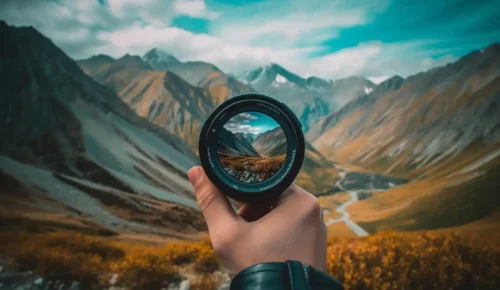

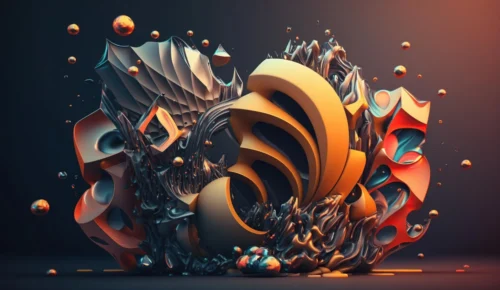




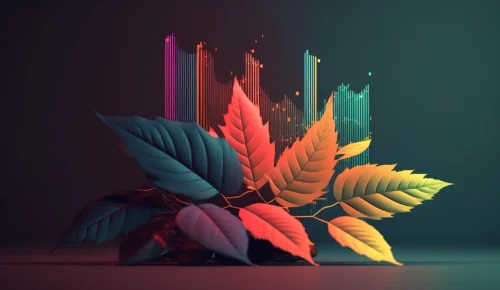








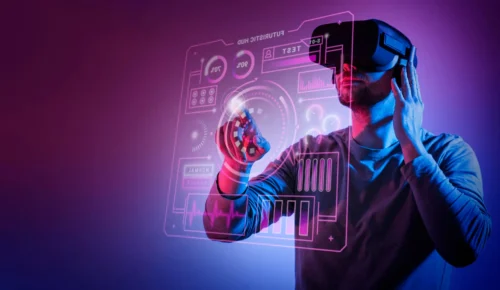

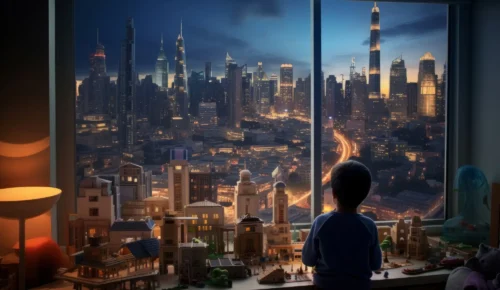
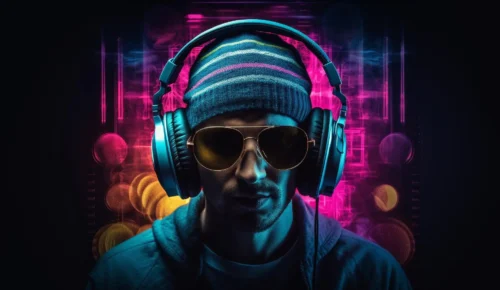
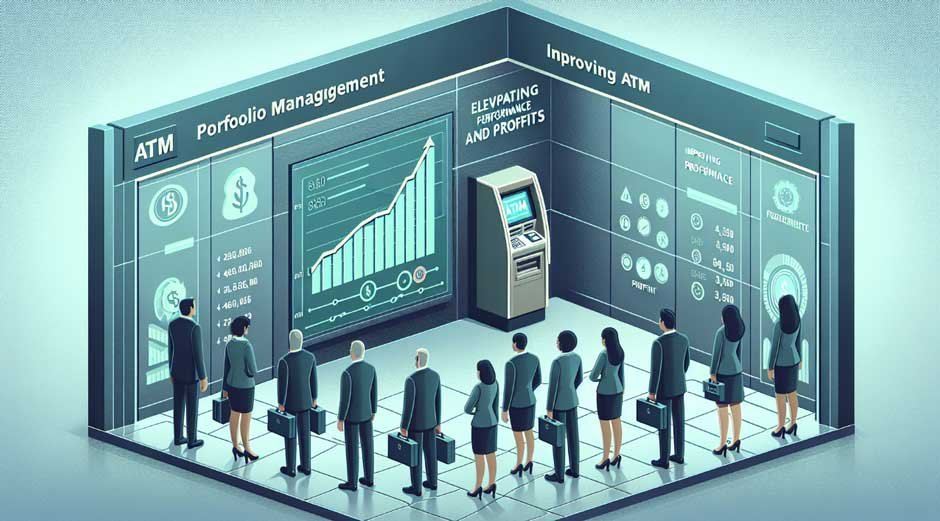
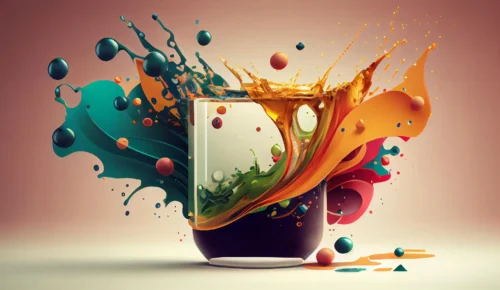



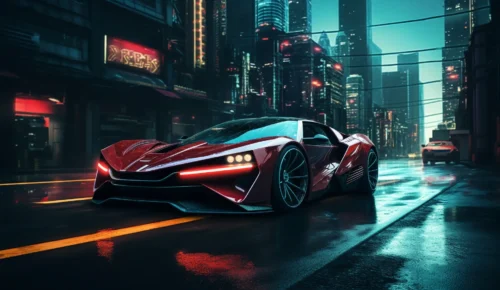



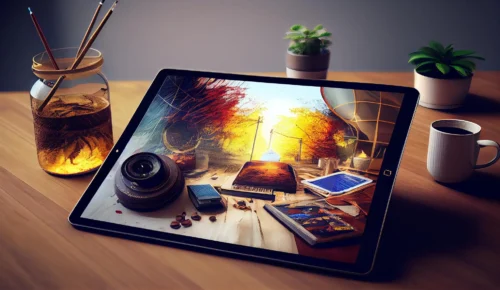

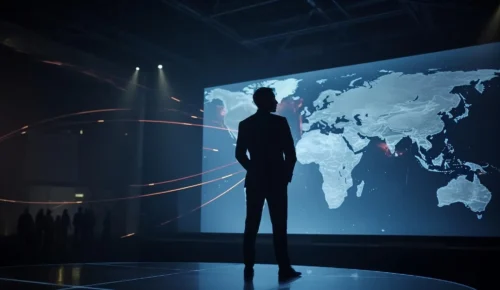
0 Comments
This is example comment